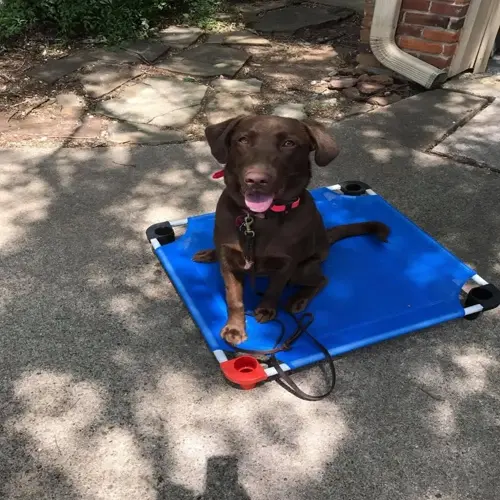How should I clean a hamster's exercise wheel?

Written by
Kailani Okoro
Reviewed by
Prof. Henry Webster, Ph.D.Maintaining a clean exercise wheel for your hamster prevents bacteria from building up and keeps it operating smoothly. I did not do this with my first hamster's wheel and found that after urine build-up, it was affecting the wheel's spin. Every surface requires different things to maintain the cleanliness necessary to keep it clean and in working order.
Plastic Wheels
- Wipe daily with damp microfiber cloth removing fresh urine
- Deep clean weekly using mild soap solution avoiding abrasives
- Check for hairline cracks monthly that trap bacteria
Cork Wheels
- Scrub weekly with soft brush and vinegar solution
- Air-dry completely for 24 hours preventing mold growth
- Apply coconut oil monthly to preserve material integrity
Metal Wheels
- Disinfect with boiling water monthly killing germs effectively
- Dry immediately preventing rust formation on surfaces
- Lubricate axle weekly with food-grade mineral oil
Strategically rotate spare wheels to have ready access to one at all times. I keep two identical plastic wheels for my active hamster, while the other wheel is being used. The first, drying from a cleaning will be there when it is needed. This eliminates the stress of interruptions in exercise routines enjoyed by your pet.
Check for sticky deposits monthly with the finger test. Run a finger along the running surface, checking for rough patches. I found urine buildup causing drag on my hamster's wheel. Remove residue with an enzymatic cleaner designed for pet habitats.
Temperature influences drying time and the efficiency of the drying process. Dry the wheels at room temperatures of 68° F. Drying time will increase in cold temperatures, possibly allowing bacterial growth. I have a small fan that helps with the drying process, but it does not generate enough heat to damage the material.
Regularly examine the axle mechanism on *silent wheels. Cleaning hair and debris from the bearings with a cotton swab is essential. The area where the *wheel axle mechanism* is attached was not cleaned, and thus it became noisy. Ensure that the bearings are well lubricated with mineral oil. This will ensure smooth rotation.
Read the full article: Hamster Cage Cleaning Made Simple

